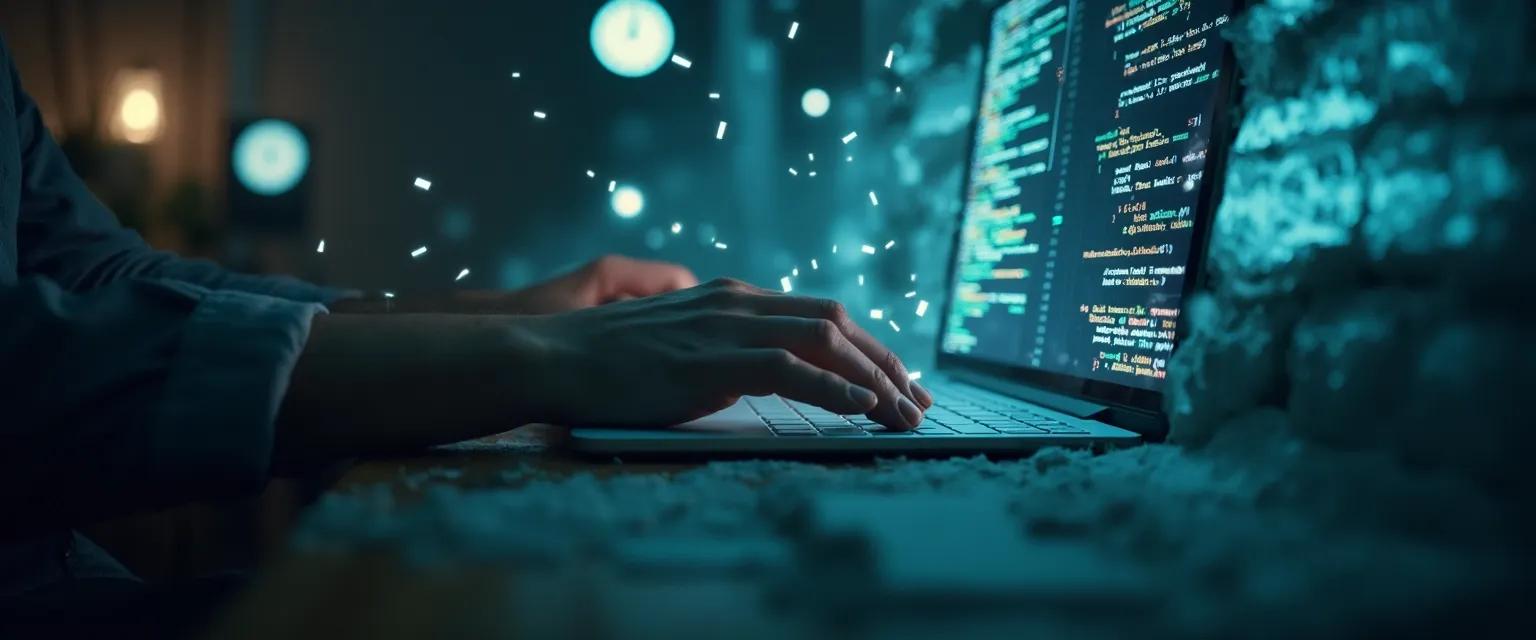Breaking Through Procrastination During Technical Learning for Programmers
Ever found yourself staring at a tutorial for a new programming language, then suddenly remembering you need to reorganize your desktop icons? You're not alone. Procrastination during technical learning is a unique beast that even the most dedicated developers face. While you genuinely love coding, there's something about diving into unfamiliar technical territory that makes your brain search for escape routes faster than a compiler finds syntax errors.
The cognitive load of technical learning creates a perfect storm for procrastination. Your brain, designed to conserve energy, resists the intense focus required to process dense technical documentation and abstract concepts. This resistance triggers procrastination during technical learning specifically because your mind anticipates the mental strain ahead. According to neuroscience, your brain actually experiences technical learning challenges similarly to physical threats, activating your limbic system's avoidance response.
For programmers, this procrastination isn't just frustrating—it directly impacts career growth. Technologies evolve rapidly, and each delay in learning new frameworks or languages compounds over time, creating knowledge gaps that become increasingly difficult to bridge. Let's explore why this happens and how to break the procrastination cycle effectively.
Why Procrastination During Technical Learning Happens to Good Programmers
Technical documentation overwhelm is a primary trigger for procrastination during technical learning. Unlike learning history or literature, programming knowledge is densely packed with interdependent concepts. Each paragraph in a technical document might introduce multiple new terms, patterns, and abstractions, quickly overwhelming your working memory.
The perfectionism trap intensifies this problem. Programmers often hold themselves to impossibly high standards, expecting to write elegant, optimized code immediately after learning a new technology. This perfectionism creates a fear of writing "beginner code," making the initial learning phase psychologically uncomfortable.
Social comparison also fuels procrastination during technical learning. Scrolling through GitHub repositories of seemingly flawless code or watching developers breeze through tutorials can trigger impostor syndrome. Your brain thinks, "Everyone else finds this easy, what's wrong with me?" This anxiety response makes avoidance feel temporarily relieving.
Neurologically, technical learning requires your prefrontal cortex to work overtime, forming new neural pathways and connections. This process demands significant mental energy and glucose, making your brain naturally resistant to sustained technical learning sessions. Your mind seeks the path of least resistance, making YouTube or social media scrolling neurologically more appealing than tackling that React tutorial.
Practical Techniques to Overcome Procrastination During Technical Learning
The 5-minute starting ritual breaks the initial resistance barrier. When procrastination during technical learning strikes, commit to just five minutes of focused work on the technical concept. This tiny commitment bypasses your brain's threat detection system. Once started, the Zeigarnik Effect kicks in—your brain's tendency to focus on unfinished tasks—making it easier to continue.
Chunking complex concepts transforms overwhelming information into digestible pieces. Instead of trying to learn an entire framework, break it down into micro-concepts. For instance, when learning React, focus first on just understanding components, then props, then state. This approach prevents cognitive overload that triggers procrastination.
Implementation goals work better than abstract learning goals. Rather than "learn Python," set a goal to "build a simple weather app using Python." This concrete objective gives your brain a clear target and activates reward pathways when you make progress. It transforms technical learning from an endless process into a series of achievable milestones.
Creating a technical learning routine minimizes decision fatigue. Decision-making depletes willpower, so establish a consistent time and environment for technical learning. This habit formation removes the daily should-I-or-shouldn't-I debate that often leads to procrastination during technical learning.
Transform Your Approach to Technical Learning and Beat Procrastination
Tracking micro-progress maintains motivation during technical learning. Document each small win—understanding a concept, implementing a feature, or fixing a bug. These visible signs of progress combat the feeling of getting nowhere that fuels procrastination during technical learning.
Create a distraction-free technical learning environment by using website blockers, notification silencers, and dedicated learning spaces. Your physical and digital environment should reduce procrastination triggers, making the path to focused learning the path of least resistance.
Remember that consistent, imperfect learning outperforms sporadic perfectionism. Small daily technical learning sessions create compound growth over time. Even 20 minutes of focused learning daily will transform your skills more effectively than occasional weekend cramming sessions.
Ready to break through your next technical learning challenge? Choose one specific technique from this article and implement it today. The most effective way to overcome procrastination during technical learning is to start small, stay consistent, and celebrate every bit of progress along the way.




